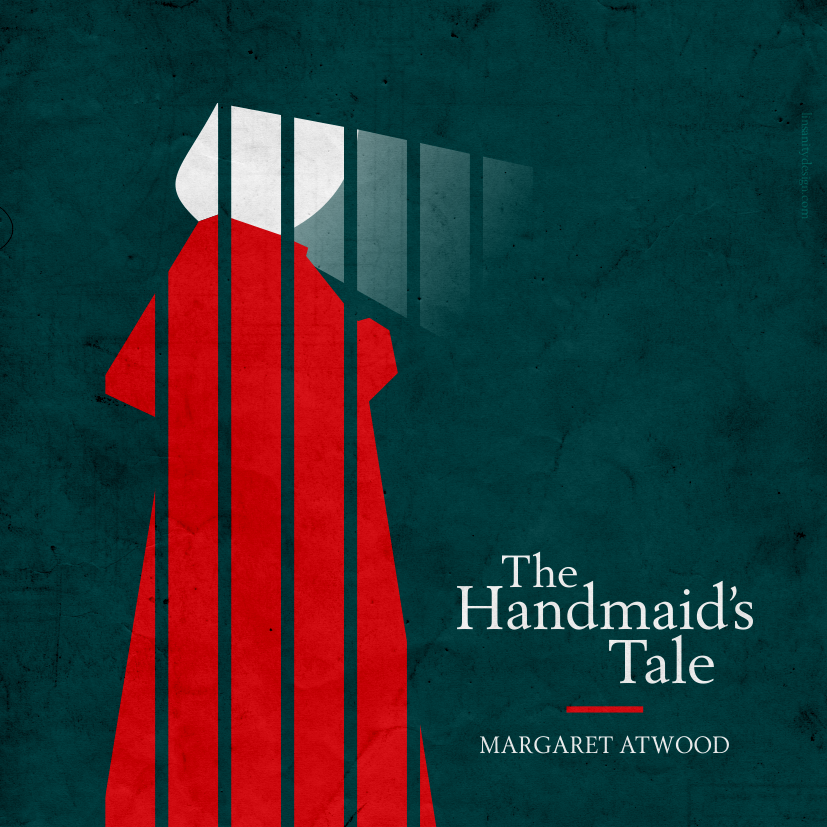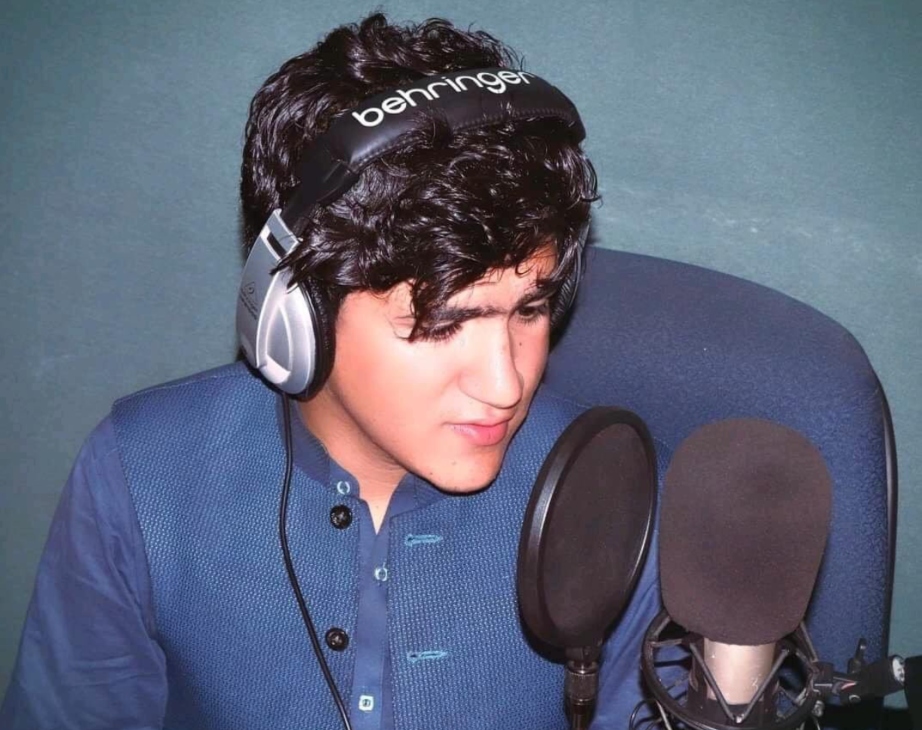When the Guardian’s director of editorial legal services, Gillian Phillips, spoke at an industry conference 12 months ago, there were no written judgments on privacy injunctions apart from Terry. Since then the field has developed significantly, giving Phillips plenty to draw on, for a talk about the rise of the “super injunction”, at this year’s IBC Legal Defamation & Privacy event.
They may have first entered British public consciousness when Guardian editor Alan Rusbridger drew attention to “so-called super injunctions” in 2009, but the first order Phillips found in their files that “looked super injunctiony-ish” originated in March 2007. Schillings had served a privacy injunction for Britney Spears, against two newspaper groups.
Britney Spears was probably the start of a gradual change in the way these injunctions were obtained, Phillips said. The next significant one was granted in November 2007 for Northern Rock against the Financial Times. But there was still no “super” element, ie. a ban preventing reports of its existence.
May 2008 saw an anonymous set of initials, but as far as Phillips could tell it wasn’t a super injunction because it didn’t prevent mention of the order. However, it was against persons unknown, which became “a bit of a trait” because it meant no one was there to argue the other side.
Phillips’ first anonymous super injunction came about in February 2009, which included prevention of reporting the proceedings. For legal reasons, she couldn’t say much more.
Then came Trafigura, Terry and many more. In her overview, Phillips described the basic principle of open justice.
“Every time the court anonymises or holds something in private, makes an order saying you can’t report it, all those things are derogations from that fundamental principle.
“There is no doubt that those derogations can only be made where they’re strictly necessary. For a long time, the courts seem to have forgotten that and the claimants and those representing them seemed to have forgotten that and these things were effectively going through on a rubber stamping exercise.”
Where next? Phillips flagged up Mr Justice Eady’s comments in a speech in November 2009 in which he foresaw the possible development of a general tort of reputation, where the public interest becomes the overall guiding principle and the fact that something is true does not necessarily amount to a defence [PDF link]. “Alarm bells [are] ringing for all of us,” she added.
Looking to Europe, Max Mosley still awaits the judgment on his application for prior notification. A second Von Hannover case is currently going through the European Court of Human Rights, which raises a number of issues about privacy and the relationship with defamation.
The super injunction committee, formed by the Master of the Rolls, and made up of claimant solicitors and in-house media defendants, as well as members of the judiciary and counsel, is in the process of preparing a Report, Guidance and a draft pro-forma order. The body is still meeting, but is hopeful of producing a final report before Easter.
In the meantime there are three “‘super injunction type” cases due before the court of appeal in the next few months, WER, KGM and WXY, which might provide “a bit more light coming out of the tunnel”.




